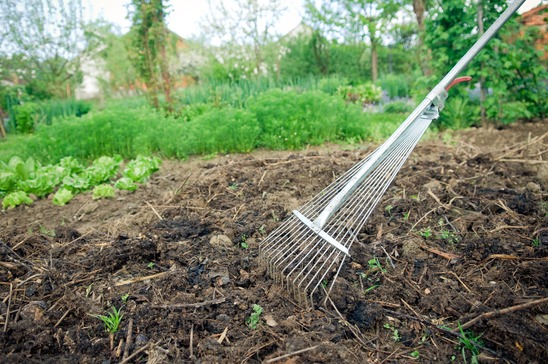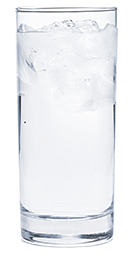Information About Nitrates In Water

Nutrients are found both in nature and as fertilizers. Two forms of nitrogen in particular are important due to health effects – Nitrate and Nitrite. Nitrates in drinking water can be dangerous, especially to infants. If nitrate content is above 10 PPM (Parts Per Million), this water shouldn’t be used to prepare baby formula for children younger than 12 months. Large amounts of nitrates have been associated with causing the infant disease methemoglobinemia, which is a form of cyanosis (blue baby syndrome). This is a serious condition that causes hemoglobin levels to drop, resulting in poor blood oxygen supply to the vital organs and systems.
It is recommended by the health department that:
- This water not be used for children under 12 months of age.
- If you do have a child under 12 months of age, consult your physician.
- If you or someone in your household is pregnant, consult your physician.
Please note that boiling or disinfecting this water will not lower the nitrate content. Since nitrate levels in this area remain relatively stable, this problem is considered permanent. There are water treatment devices available designed to reduce nitrate concentration to acceptable levels. Consult with your plumber or water treatment professional for more information.
Where do nitrates come from?
Nitrates are naturally occurring chemicals that come from fertilizer, sewage, manure and decayed vegetable matter. In agricultural areas, nitrate levels often test higher when more fertilizer is applied to the soil than plants will absorb. Because nitrates are water-soluble, the excess can then end up in ground water.
How does drinking water high in nitrates affect infants?
When nitrates are ingested, they go through a series of chemical reactions that may decrease the amount of oxygen in the bloodstream. This lack of oxygen may impart a bluish color to the skin of the infant, hence the name: Blue Baby Syndrome. The condition is serious and any child exhibiting these symptoms should have immediate medical attention.
How about older children?
As a baby matures, their digestive systems are better able to counteract the harmful effects of nitrates. This usually happens around the age of six months.

If my water is high in nitrates can I use it for washing and bathing?
Yes. Nitrates are only harmful if they are ingested.
How often should I have my water tested?
Well water should be tested at least annually for bacteria and nitrate. Springs and shallow wells should be monitored more frequently because they are often under the influence of surface water. Water should be tested whenever there is a change in the taste, color or odor. Although nitrate itself is colorless, odorless and tasteless, these changes may indicate a problem with the construction of the well or in the aquifer which supplies the water to your well.
Routine Water Testing Program
Unlike municipal systems, which are monitored routinely, privately-owned wells are rarely tested after the initial check by the health department. Because sensory clues are often absent in cases of water pollution, it is vital to have a routine testing program for your water supply. Fountain Valley Analytical Lab can offer you an easy and inexpensive way to keep track of your water quality. Call us or contact us online for more information!

 410.848.1014
410.848.1014


